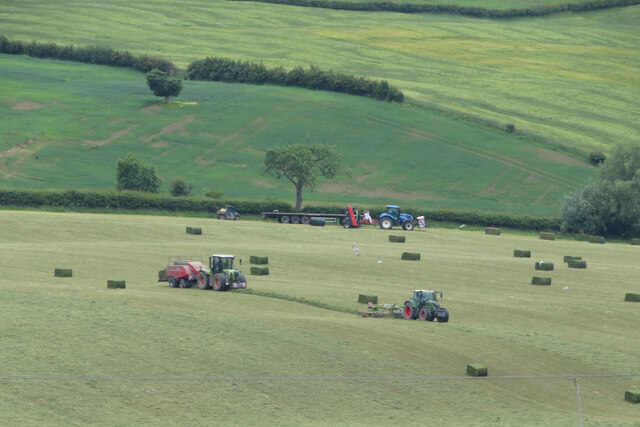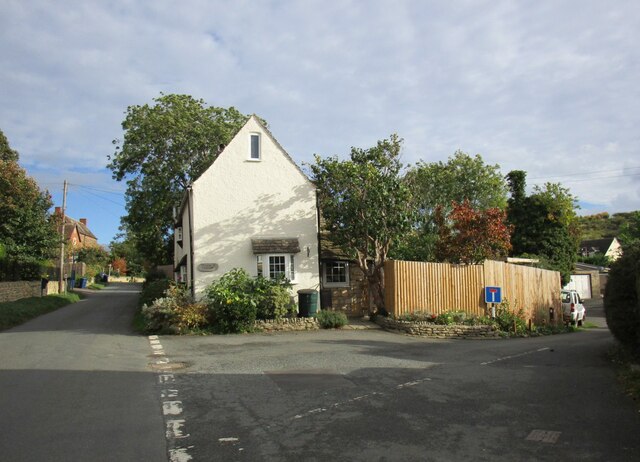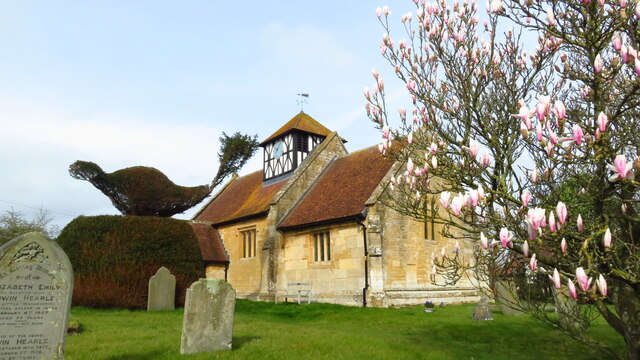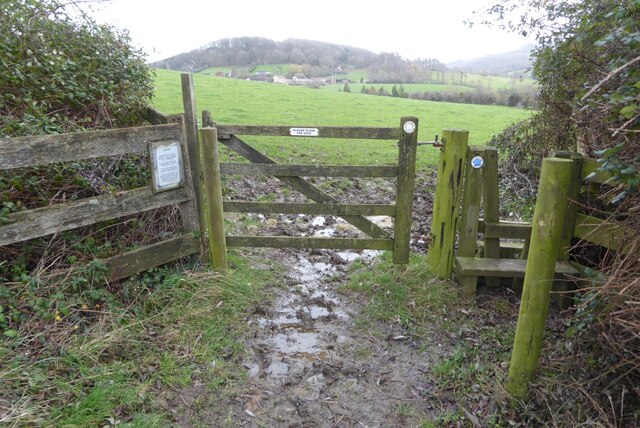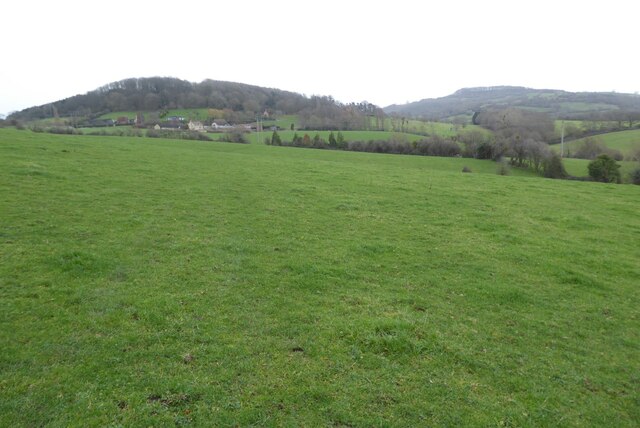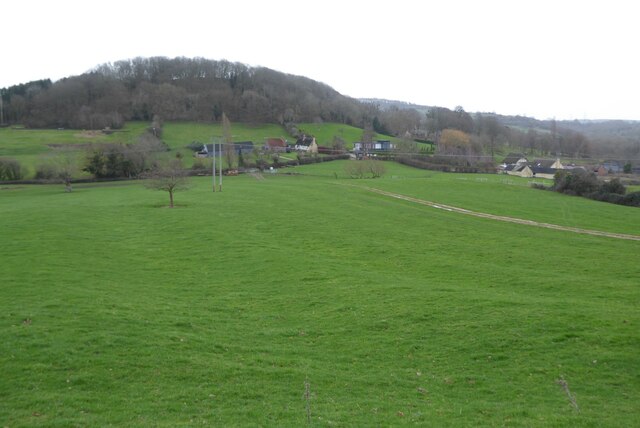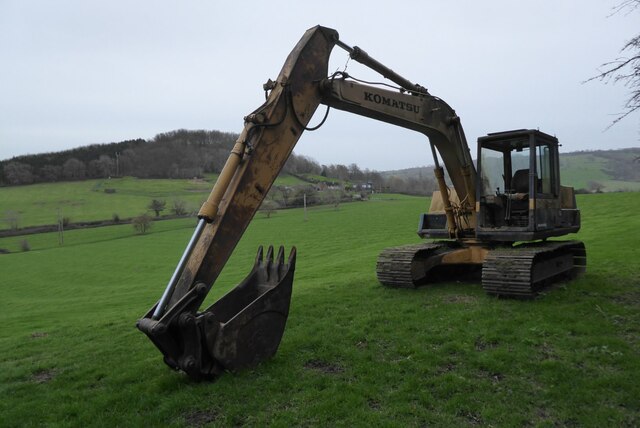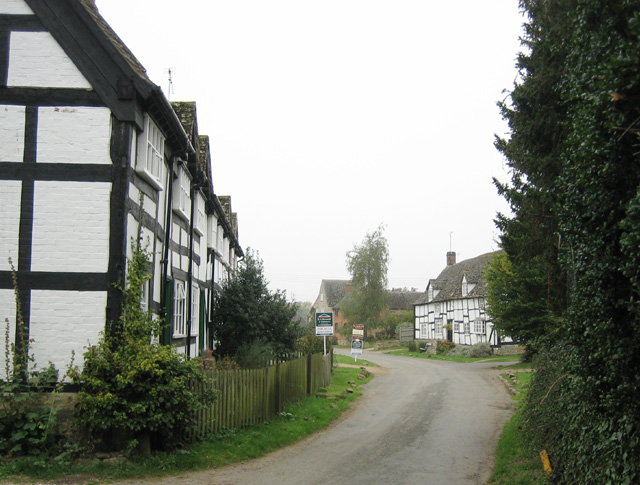Bengrove
Settlement in Gloucestershire Tewkesbury
England
Bengrove
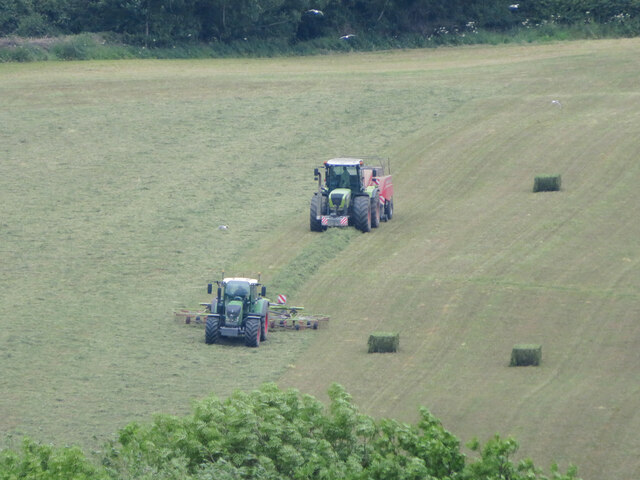
Bengrove is a small village located in the county of Gloucestershire, England. Situated approximately 10 miles southwest of Gloucester, it is nestled in the beautiful countryside of the Cotswolds. With a population of around 800 residents, Bengrove offers a tranquil and peaceful environment for its inhabitants.
The village dates back to medieval times, and its history is evident in the charming architecture of its buildings. The centerpiece of Bengrove is the St. Mary's Church, a picturesque 12th-century church that stands proudly in the heart of the village. This historic landmark attracts visitors from near and far, who come to admire its stunning stone facade and intricate stained glass windows.
Bengrove is surrounded by lush green fields and rolling hills, making it an ideal location for nature lovers and outdoor enthusiasts. There are several walking and cycling routes available in the area, allowing residents and visitors to explore the scenic countryside and take in the breathtaking views.
Despite its small size, Bengrove boasts a strong sense of community spirit. The village has a local pub, The Rose and Crown, where residents can gather for a drink or a meal. There is also a village hall that hosts various events and activities, bringing the community together.
Overall, Bengrove offers a peaceful and picturesque setting, steeped in history and natural beauty. Its close-knit community and idyllic surroundings make it a desirable place to live or visit for those seeking a quieter, rural lifestyle.
If you have any feedback on the listing, please let us know in the comments section below.
Bengrove Images
Images are sourced within 2km of 51.991807/-2.03128 or Grid Reference SO9732. Thanks to Geograph Open Source API. All images are credited.

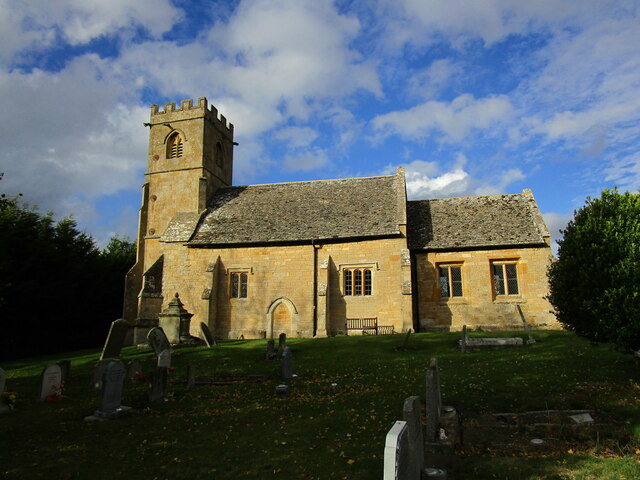
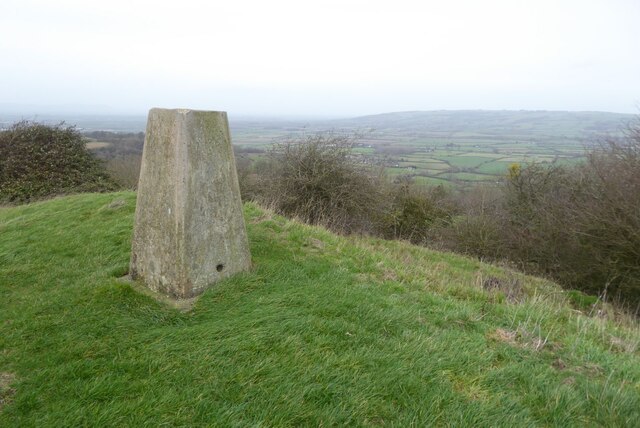
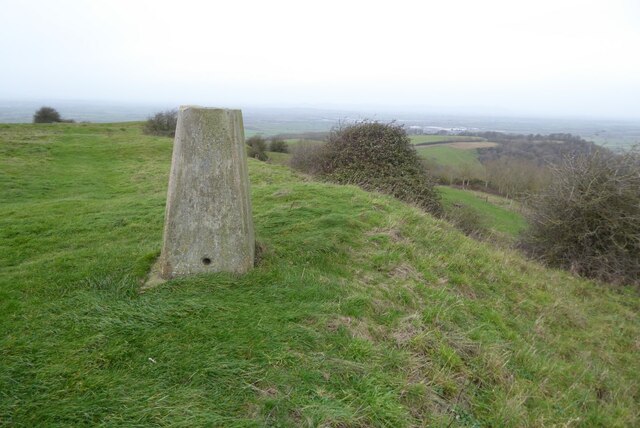
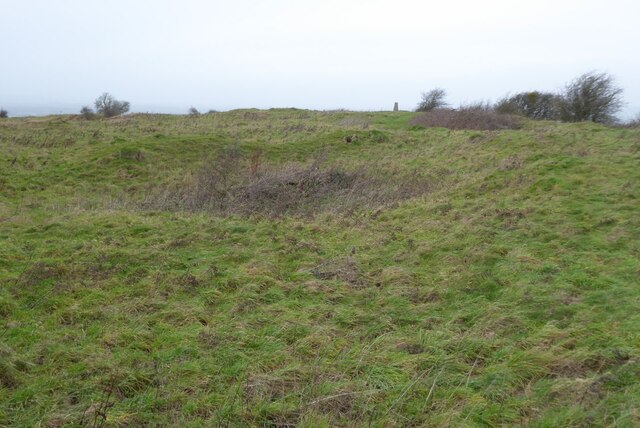
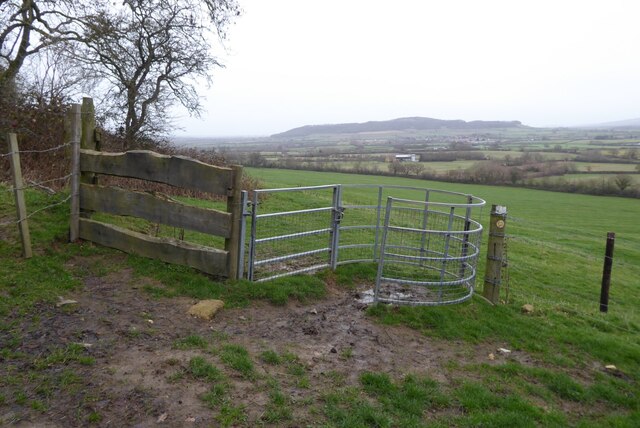
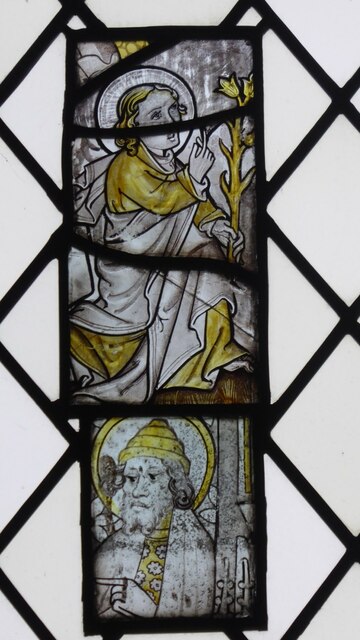
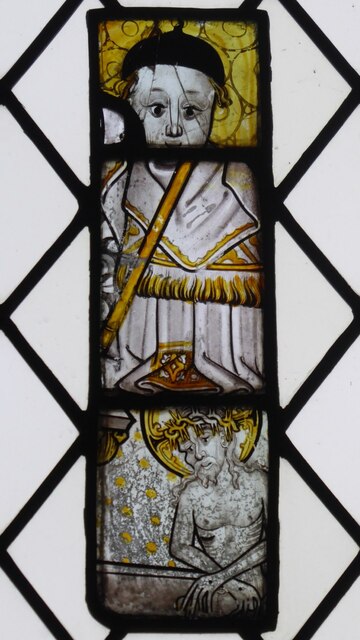
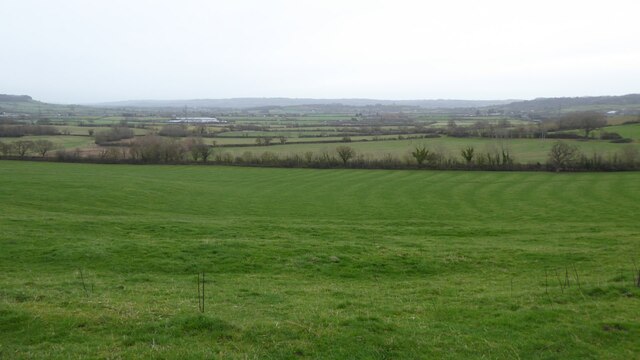
Bengrove is located at Grid Ref: SO9732 (Lat: 51.991807, Lng: -2.03128)
Administrative County: Gloucestershire
District: Tewkesbury
Police Authority: Gloucestershire
What 3 Words
///suggested.compiled.stocked. Near Bishops Cleeve, Gloucestershire
Nearby Locations
Related Wikis
Alstone, Tewkesbury
Alstone is a village and former civil parish, now in the parish of Teddington, in the Tewkesbury district, in the county of Gloucestershire, England, situated...
Bengrove
Bengrove is a village in Gloucestershire, England. It lies between Teddington and Alstone. Bengrove, Teddington and Alstone now lie in the Anglican Diocese...
Dixton Wood
Dixton Wood (grid reference SO979313) is a 13.14-hectare (32.5-acre) biological Site of Special Scientific Interest in Gloucestershire, notified in 2000...
St Mary's Church, Little Washbourne
St Mary's Church, is a historic Anglican church at Little Washbourne in the civil parish of Dumbleton, Gloucestershire, England under the care of the Churches...
Little Washbourne
Little Washbourne is a village and former civil parish, now in the parish of Dumbleton, in the Tewkesbury district, in Gloucestershire, England, 6 miles...
Teddington, Gloucestershire
Teddington is a village and parish in Gloucestershire, England. == Population == The village had a population of less than 300, of which the majority were...
Great Washbourne
Great Washbourne is a village and former civil parish, now in the parish of Dumbleton, in the Tewkesbury district, in Gloucestershire, England, 6 miles...
Dixton Manor
Dixton Manor is a Grade II*-listed 16th-century manor house in the south of Alderton parish, Gloucestershire, England. The manor was built for John Higford...
Nearby Amenities
Located within 500m of 51.991807,-2.03128Have you been to Bengrove?
Leave your review of Bengrove below (or comments, questions and feedback).
